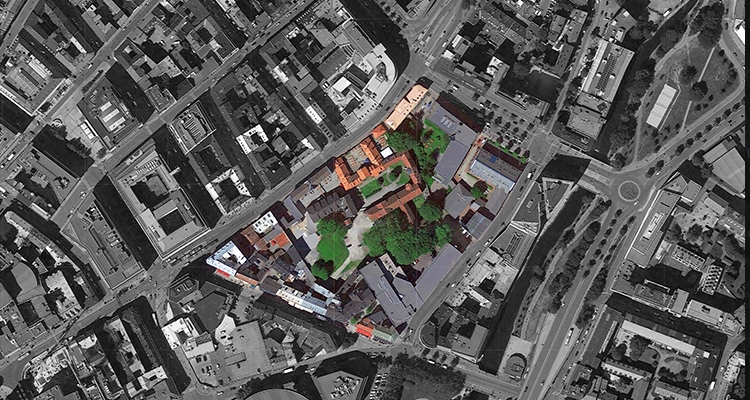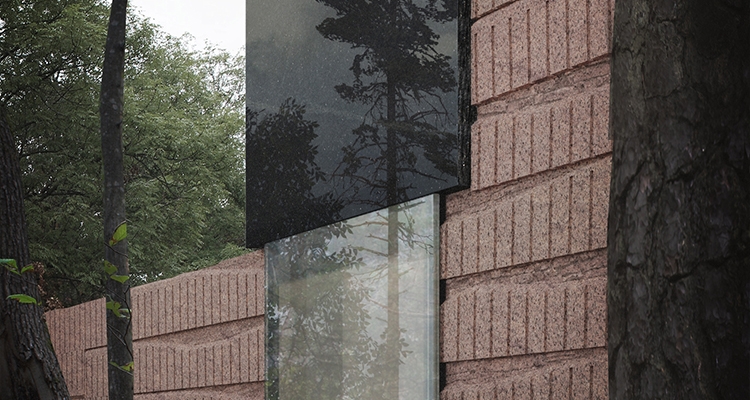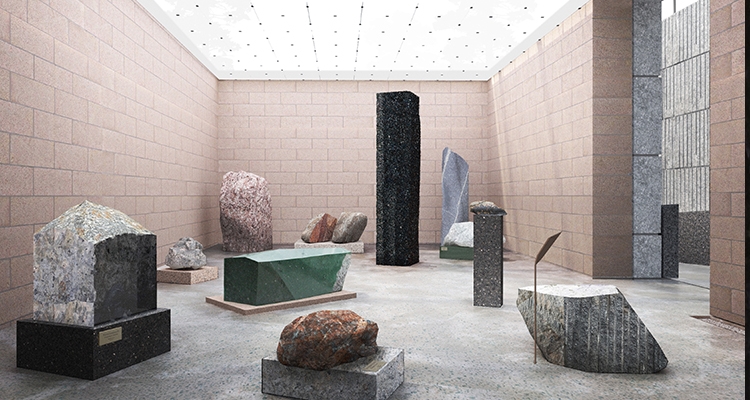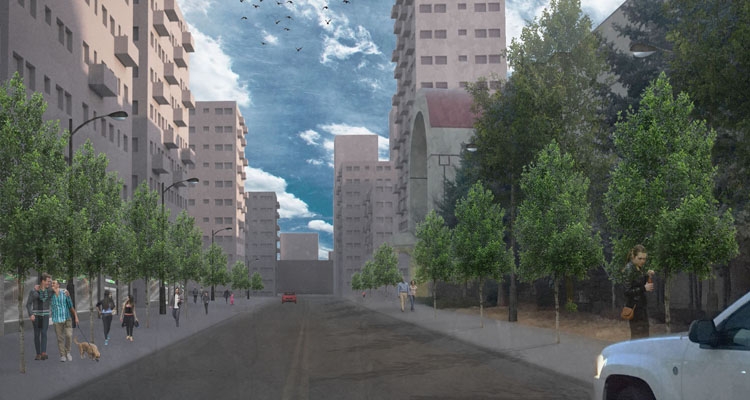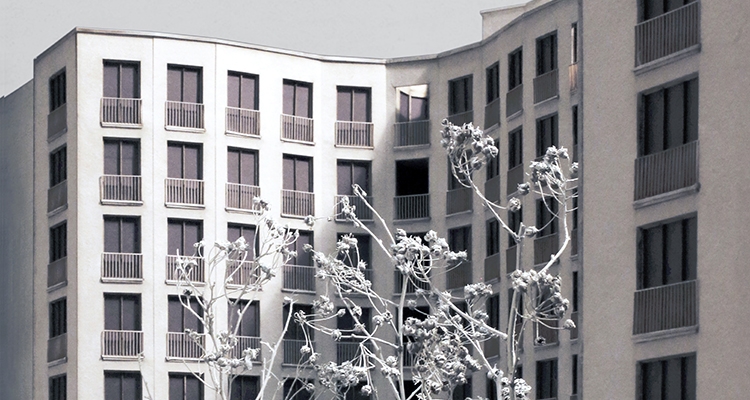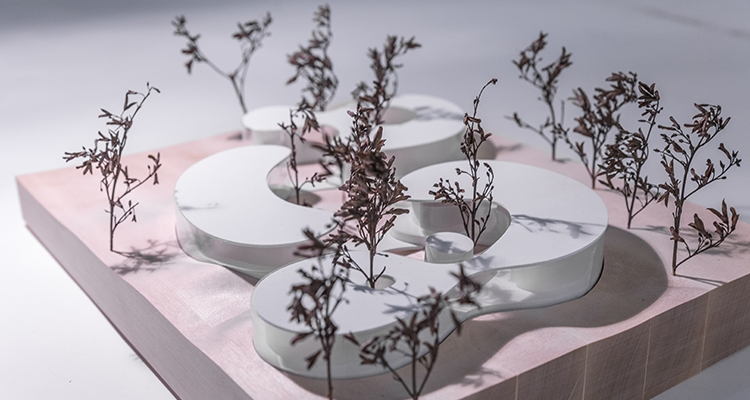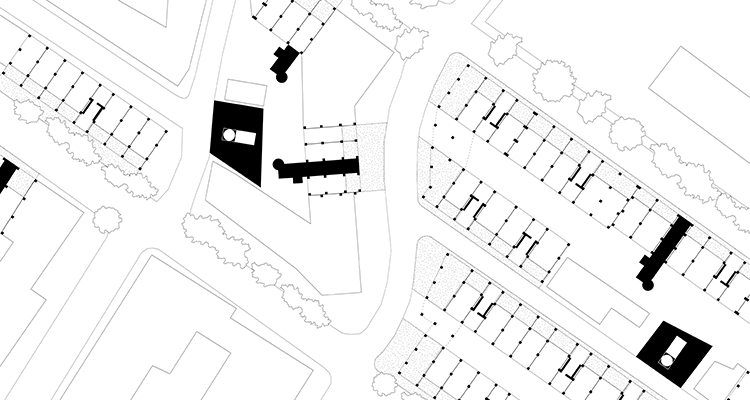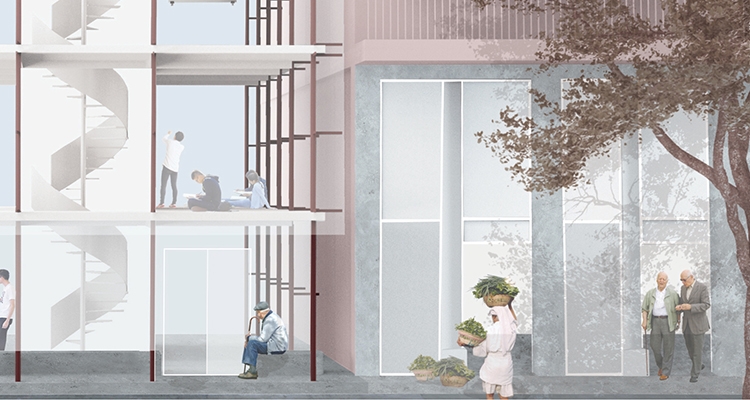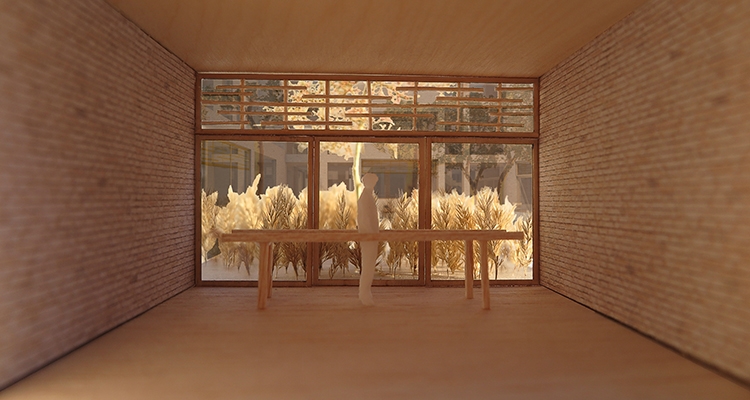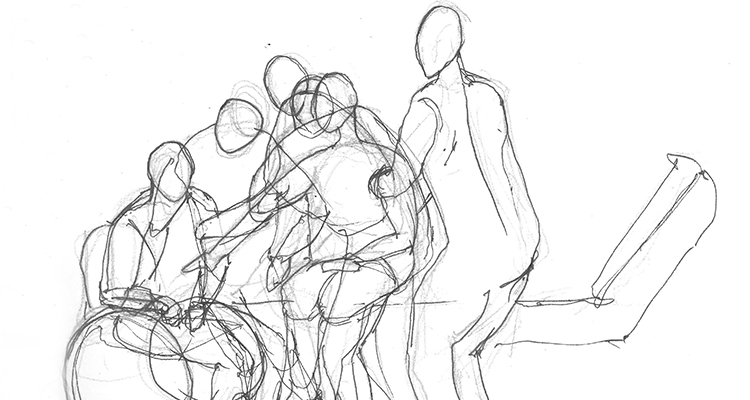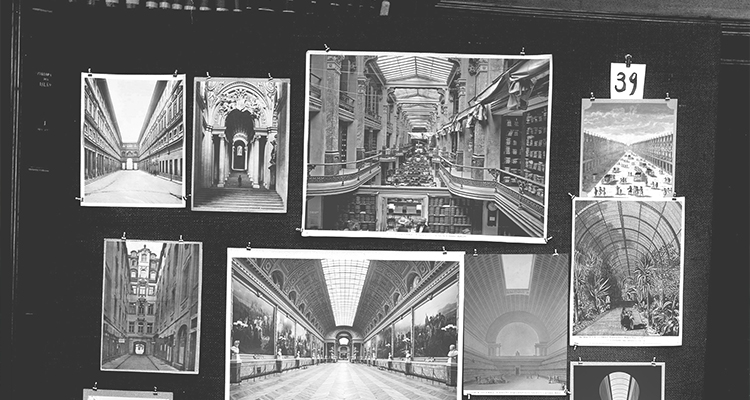For my thesis I have investigated and cataloged existing traces of important buildings and places in the vicinity of the plot - Traces that tells a forgotten story in the city. Highlighting and emphasizing these old traces in a new plan can show the hidden history that does not directly appear in the cityscape.
I want to create a project that differs from the one sided and private commercial projects on adjacent sites - a place available for the general public.
I want to create a project that differs from the one sided and private commercial projects on adjacent sites - a place available for the general public.
